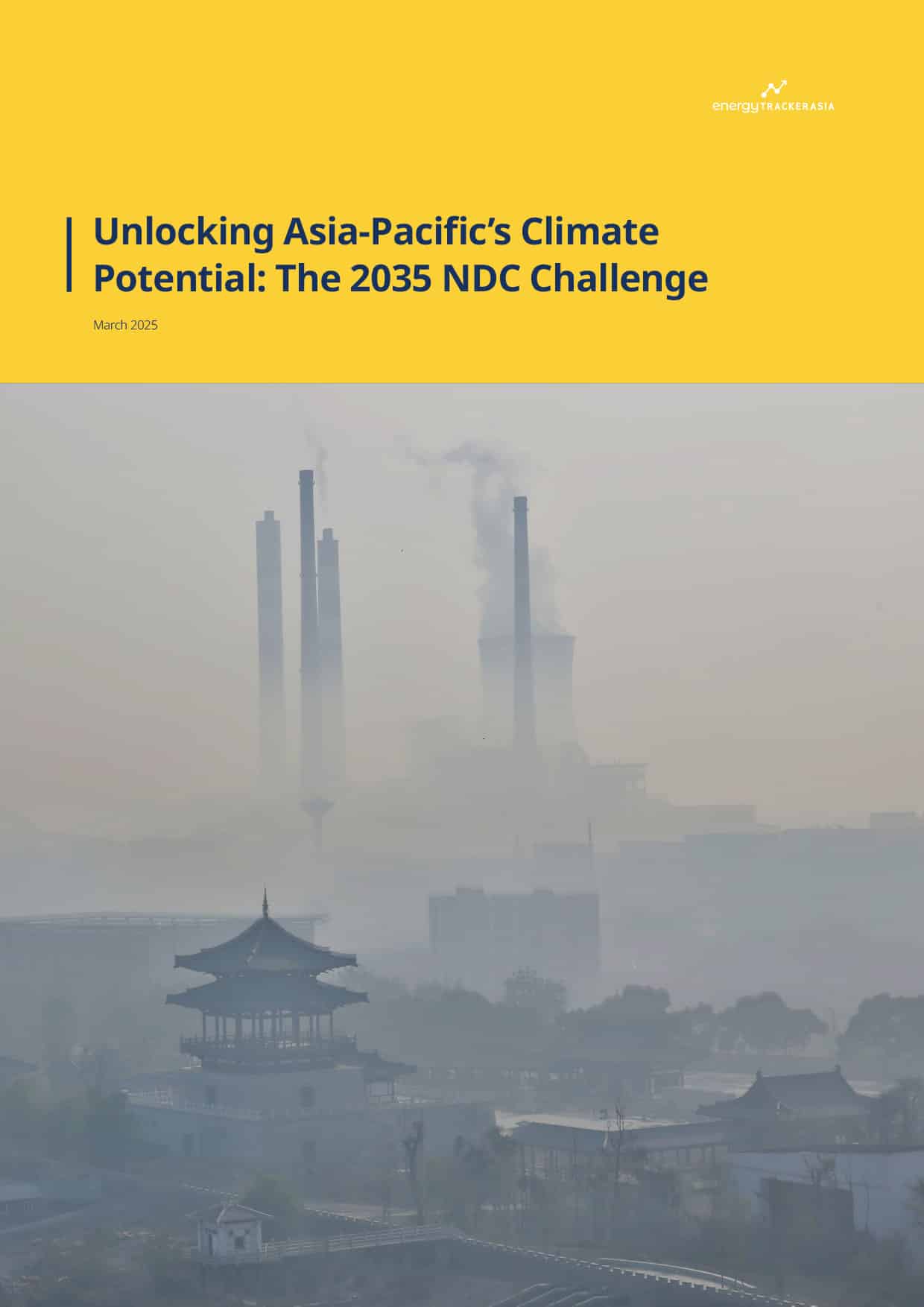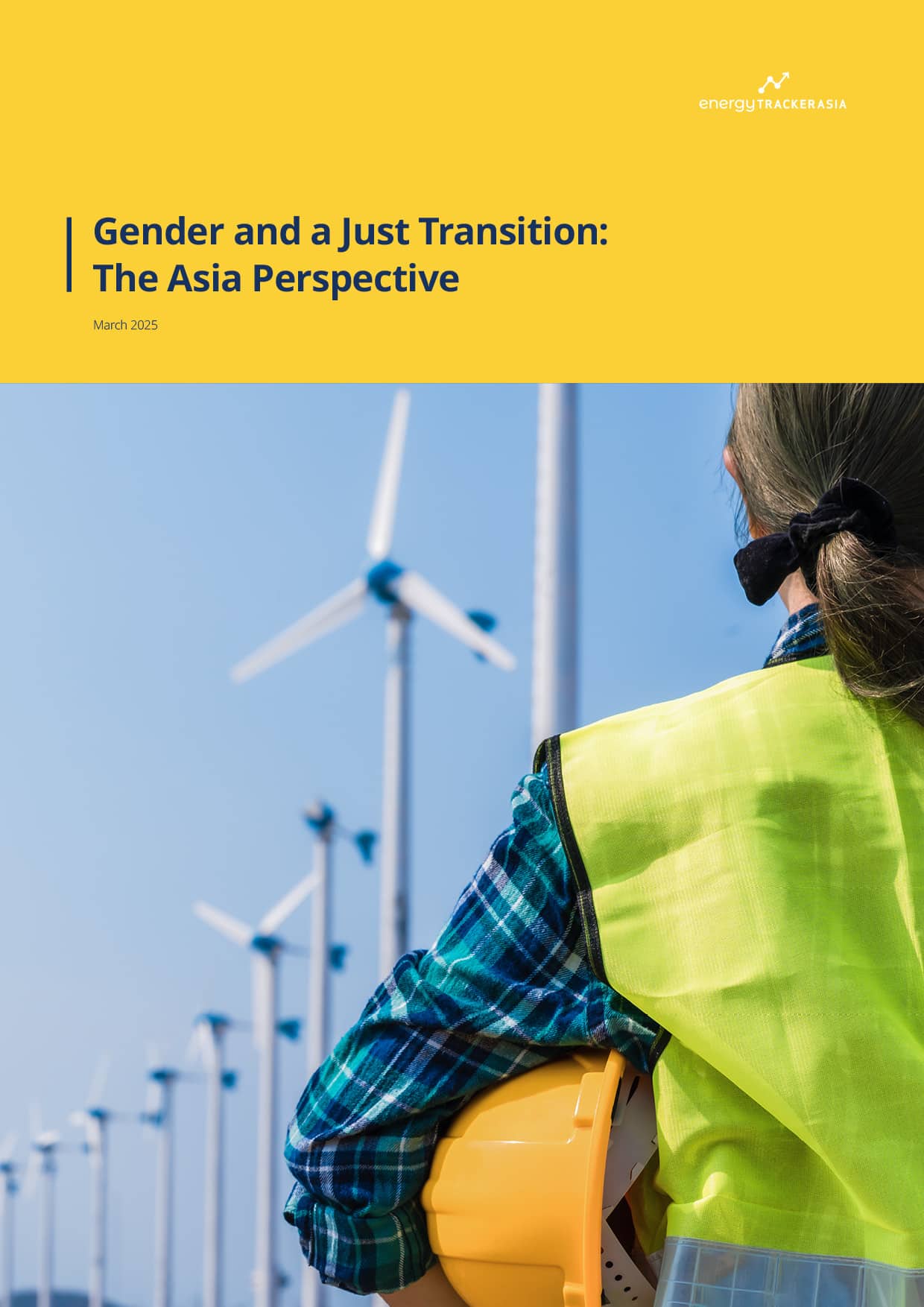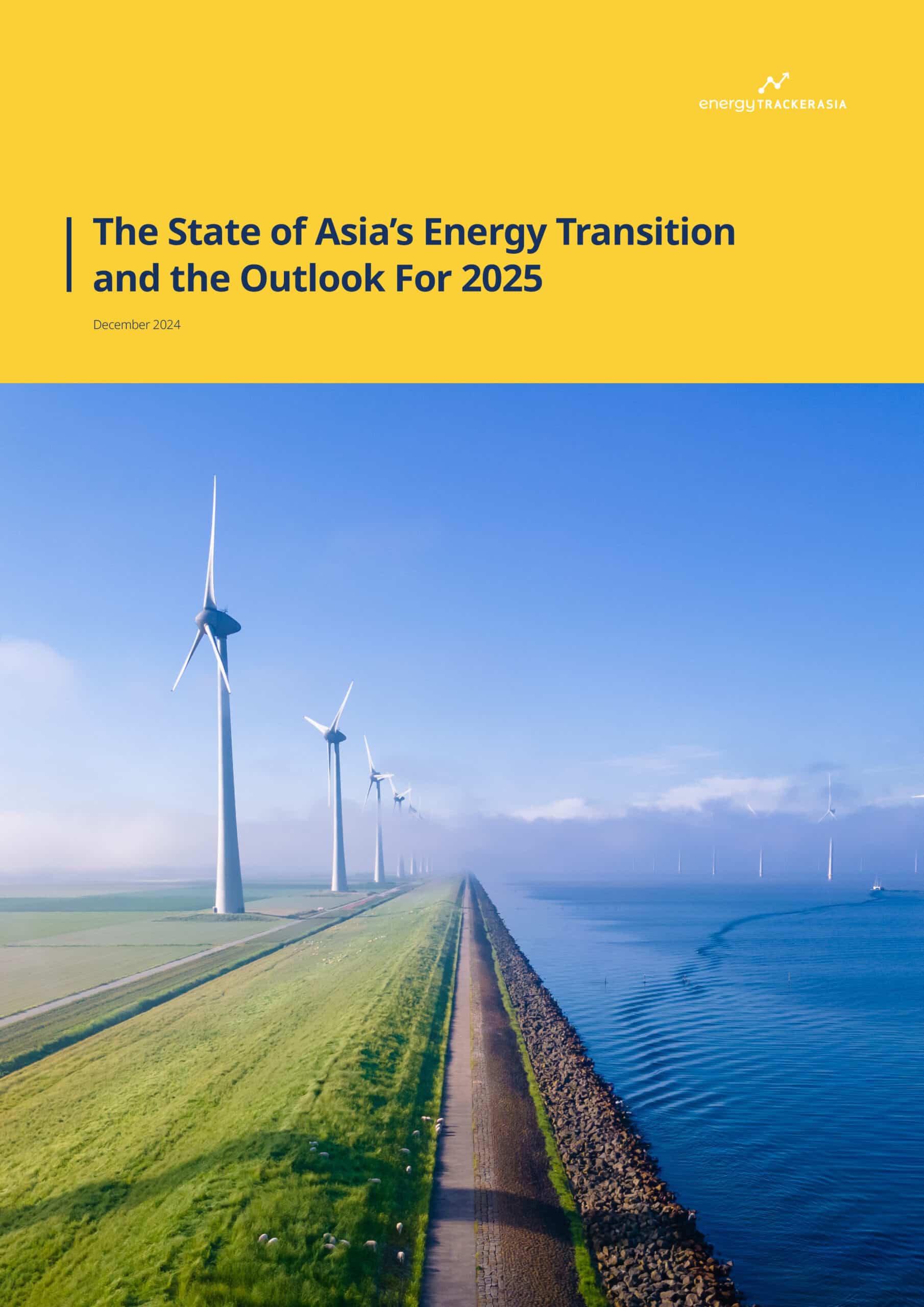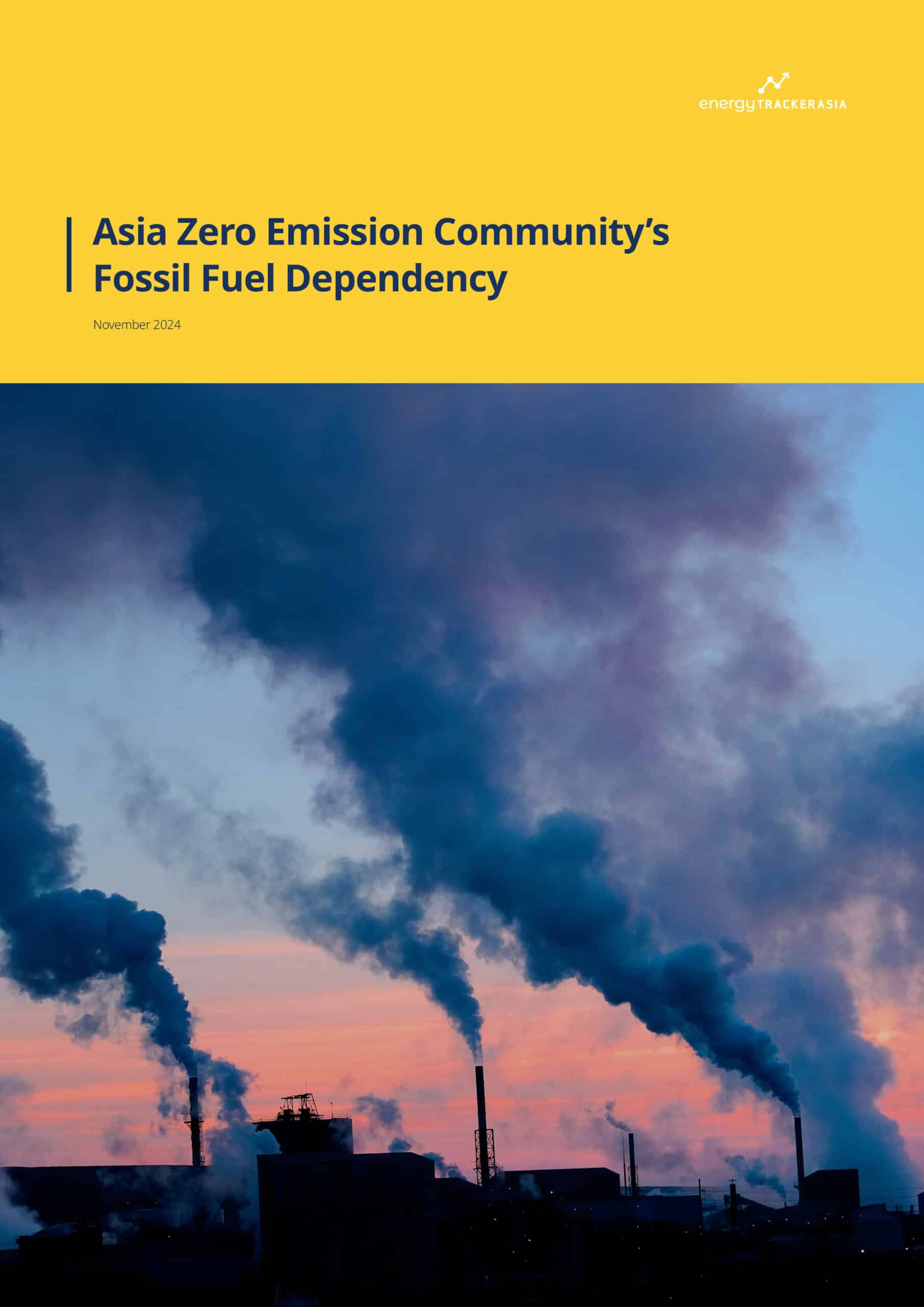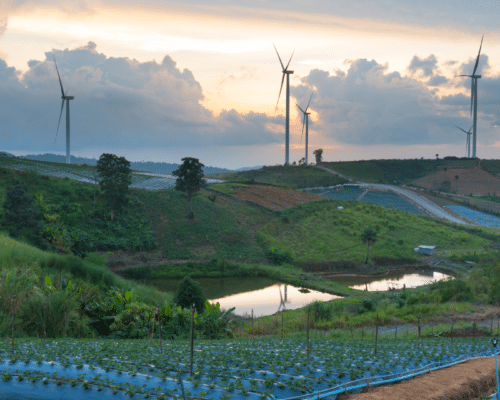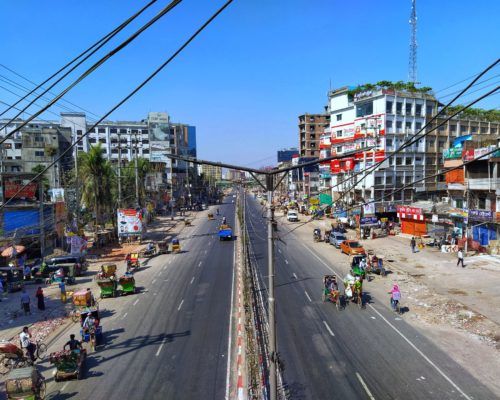South Korea Election 2025: Key Climate Issues and What’s at Stake
06 May 2025 – by Viktor Tachev
South Korea has emerged with a lack of ambition in addressing the climate crisis and as a fossil fuel stronghold, with its economy strongly dependent on energy imports. The upcoming 2025 South Korean Presidential election is not only an opportunity to appeal to the preferences of climate voters but also to start fresh and improve the economy’s energy security. Experts advise political parties to prioritise areas such as renewable energy, energy efficiency and green technology development as a way to unlock strong economic growth, ensure a fair and just energy transition and improve industrial competitiveness. Last but not least, the upcoming South Korea election opens up the opportunity to stop looking toward the past and claim a position reflecting the stature of Korea’s economy and innovation capabilities.
Impeachment of President Yoon Suk-Yeol and the 2025 South Korean Presidential Election
South Korea is going through a period of heightened political uncertainty, which started with the impeachment of former President Yoon Suk-yeol. The situation is expected to be resolved on June 3 when the country will hold its snap presidential election.
According to Bloomberg, South Korea’s presidential front-runner is the head of the Democratic Party of Korea, Lee Jae-myung. He has already vowed to expand renewable energy, including offshore wind, to help power major factory zones. Lee also announced intentions to reduce natural gas use and reiterated his stance on phasing out coal.
The Democratic Party has previously placed RE100, as a way to drive renewables expansion, at the top of its agenda and pledged to enact a Korean version of the US Inflation Reduction Act (IRA) to promote clean energy use. The DP has also outlined ambitious climate goals, including developing a solar and wind energy belt and increasing the renewables’ share to 40% of the energy mix by 2035. If it wins the election, the country could make a U-turn on the energy policy stage from the moves of the former conservative government, which prioritised developing more nuclear reactors and scaled back plans for clean energy. However, experts also believe that support for LNG would also increase.
Korea has historically been among the developed countries with the weakest climate targets and slowest decarbonisation progress. In fact, in 2024, its Constitutional Court declared the national GHG reduction targets unconstitutional, emphasising that they should meet the minimum necessary conditions as protective measures against the climate crisis and correspond to the share that the country should contribute to global reduction efforts based on scientific facts and international standards.
Korea’s current NDC (the 2035 update still hasn’t been submitted) lacks ambition, aiming for a 40% emissions reduction by 2030 below 2018 levels and just 32% without the contribution of forestry and overseas reductions. For reference, Climate Action Tracker notes that a Paris Agreement-aligned pathway requires a domestic emissions reduction of 75% by 2030. According to the Natural Resources Defense Council, for a minimal or low overshoot of the IPCC 1.5°C scenario, South Korea would have to slash emissions by 68% compared to 2018 levels by 2035. A Paris Agreement-aligned scenario also requires the country to phase out coal from the power sector by 2030 at the latest, with gas following shortly after.
The final version of South Korea’s 11th Basic Plan for Long-Term Electricity Supply and Demand (BPLE), published in February 2025, aims to quadruple clean energy capacity, including renewables and nuclear, to 121.9 GW by 2038, compared to 30 GW in 2023. However, the IEEFA notes that the plan fails to triple capacity by 2030 and prioritises polluting LNG-fired power and unproven and expensive nuclear power from small modular reactors. Climate Analytics notes that the plan also features unproven solutions like hydrogen and ammonia co-firing.
The ‘2030 Energy Transition Policy Proposal’ by the Energy Transition Forum: A Blueprint for Speeding Up Korea’s Energy Transition
Regardless of who wins the election, Korea has an opportunity for a transformative shift in energy policy under new leadership. This would help the country not only accelerate its decarbonisation journey but also boost the economy by prioritising renewable energy investments as a way to strengthen energy security and ensure cost-efficiency.
According to the Energy Transition Forum’s “2030 Energy Transition Policy Proposal”, renewable energy expansion offers the Korean economy a way to overcome the industrial crisis it finds itself in, as well as advance toward its transition to net-zero manufacturing. The blueprint highlights that with mechanisms like the Carbon Border Adjustment Mechanism (CBAM) and RE100, an industry powered by renewable energy will become critical for future export competitiveness.
“Energy transition is not just an environmental issue — it’s a matter of national economic survival. For Korea, a nation with both manufacturing and IT prowess, this is an opportunity for new growth,” explained Yoon Soon-jin, co-chair of the Energy Transition Forum.
According to the expert, the government should prioritise wind energy expansion and the designation of net-zero industrial zones. As a result, it could create 1 million quality green jobs and lay the foundation for new industries.
The roadmap suggests the establishment of a Ministry of Climate and Energy and the introduction of reforms in power market governance, including setting up an independent regulator, allowing power generators to sell directly, decentralising power consumption and introducing regional electricity pricing.
Among the key focus areas of the blueprint is stimulating the adoption of clean energy technologies and renewables through supportive policy measures and ambitious targets. For example, among the suggestions is a plan to increase the national renewable energy targets to 30% by 2030 and 60% by 2040. Crucial on that front can be measures such as developing offshore wind as a global industrial hub and onshore wind as a driver of local economic growth, with concrete steps and a rollout schedule through 2035. The document also encourages solar energy expansion through agrivoltaics and industrial solar projects, alongside reforms to improve energy efficiency, green building initiatives and citizen participation in the energy transition.
Other measures include supporting industrial decarbonisation and recommending tax credits and subsidies for the domestic production of renewable infrastructure, EVs and batteries.
According to Han Byung-hwa, senior analyst at Eugene Investment & Securities, the proposal offers not only a roadmap for structural transition but also a significant opportunity for growth.
“Unless we change Korea’s energy-intensive industrial structure, it will be difficult to escape long-term economic stagnation.”
The policy proposal, developed through consultations with stakeholders from industry, academia and civil society, has already been shared with major political parties in the country. In that sense, whoever emerges as the winner on June 3 already has a solid basis to build upon.
Regional Collaboration Can Prove Crucial For Korea’s Aspirations and Unlocking Green Economic Growth
According to Bloomberg, climate-related matters increasingly prove to be a new “must-have” in Korean elections. However, climate action-centred energy policies can also be a way to foster economic growth, build energy security and lower power costs. Korea has previously demonstrated ambition to pursue a 100% renewables target before pivoting away from it under former President Yoon.
The new leadership can position the country toward decarbonisation again, with the NDC update offering a prime opportunity to demonstrate ambition. Crucial on that front would be establishing a legally binding coal phase-out target no later than 2035, aligned with 1.5°C. The move should be paired with a coal transition plan that retrains coal workers, helps them enter the clean energy and grid infrastructure industry and supports them financially and through skill development programs.
According to Climate Analytics, measures to support renewable energy industry growth, including developing a national roadmap for grid expansion and smart grid integration, expanding and simplifying access to long-term fixed-price PPAs for corporate and industrial users, increasing financial stability for renewable projects and easing the administrative burden on new project developers, are also imperative. Furthermore, by enhancing feed-in tariffs for small and medium-scale solar and wind projects, the government can ensure stable returns for investors.
The new Korean leadership would enter office in times of increased geopolitical uncertainty and looming tariffs from the US, putting up to 2% of Korean GDP at stake. Furthermore, it would face the precarious situation of having to address the potential involvement in an Alaska gas pipeline project, as indicated by former country’s acting President Han Duck-soo to Trump’s administration. Lee, whom analysts see as the likely election winner, has already described trade negotiations with the US as the most pressing task for the first 100 days in office.
While historically, the US has been one of South Korea’s biggest allies, aggressive foreign policy moves of President Donald Trump have put a question mark on future relations between the two countries. The situation could serve as yet another warning of the critical importance of prioritising self-sufficiency and energy security in Korea’s upcoming policies, and also potentially turn the focus of the new government toward stronger regional cooperation.
After China, Japan and South Korea held their first economic dialogue in five years in March, there were indications that the three countries were planning to strengthen supply chain cooperation. According to Bloomberg, if Lee wins the election, Korea will prioritise “pragmatic diplomacy,” improving its relationship with Japan and China.
Korea’s Next Leadership Must Have the Tools to Bring the Country Back In Line With the Global Energy Transition
South Korea still lacks a coal phase-out date, focusing instead on gradual reductions, conversion to LNG plants and investments in hydrogen and ammonia. This strategy risks extending the nation’s fossil fuel reliance. Moreover, while it won’t change the fact that Korea imports nearly all its fuel, it will further erode the nation’s energy security. Furthermore, the investments in ammonia and coal co-firing and blue hydrogen will worsen air pollution and lock the country into a future of expensive and emission-intensive energy.
On the other hand, by pursuing the priority areas laid out in the 2030 Energy Transition Policy Proposal by the Energy Transition Forum, Korea can set the stage for its own IRA — a renewable energy-led policy that can unlock massive investment and economic growth. Furthermore, exploring economic opportunities within the region and capitalising on China’s clean energy and green technology expertise can boost Korea’s efforts to decarbonise its economy and strengthen its energy security.
Regardless of who emerges as the winner on June 3, there will be a lot of priority areas that would need addressing if Korea is to get back on track with the green energy transition and the path toward cheaper, cleaner and more secure energy. While the country has the resources, capabilities and ready-to-deploy solutions at hand, the path it would take ultimately depends on political will.
by Viktor Tachev
Viktor has years of experience in financial markets and energy finance, working as a marketing consultant and content creator for leading institutions, NGOs, and tech startups. He is a regular contributor to knowledge hubs and magazines, tackling the latest trends in sustainability and green energy.
Read more